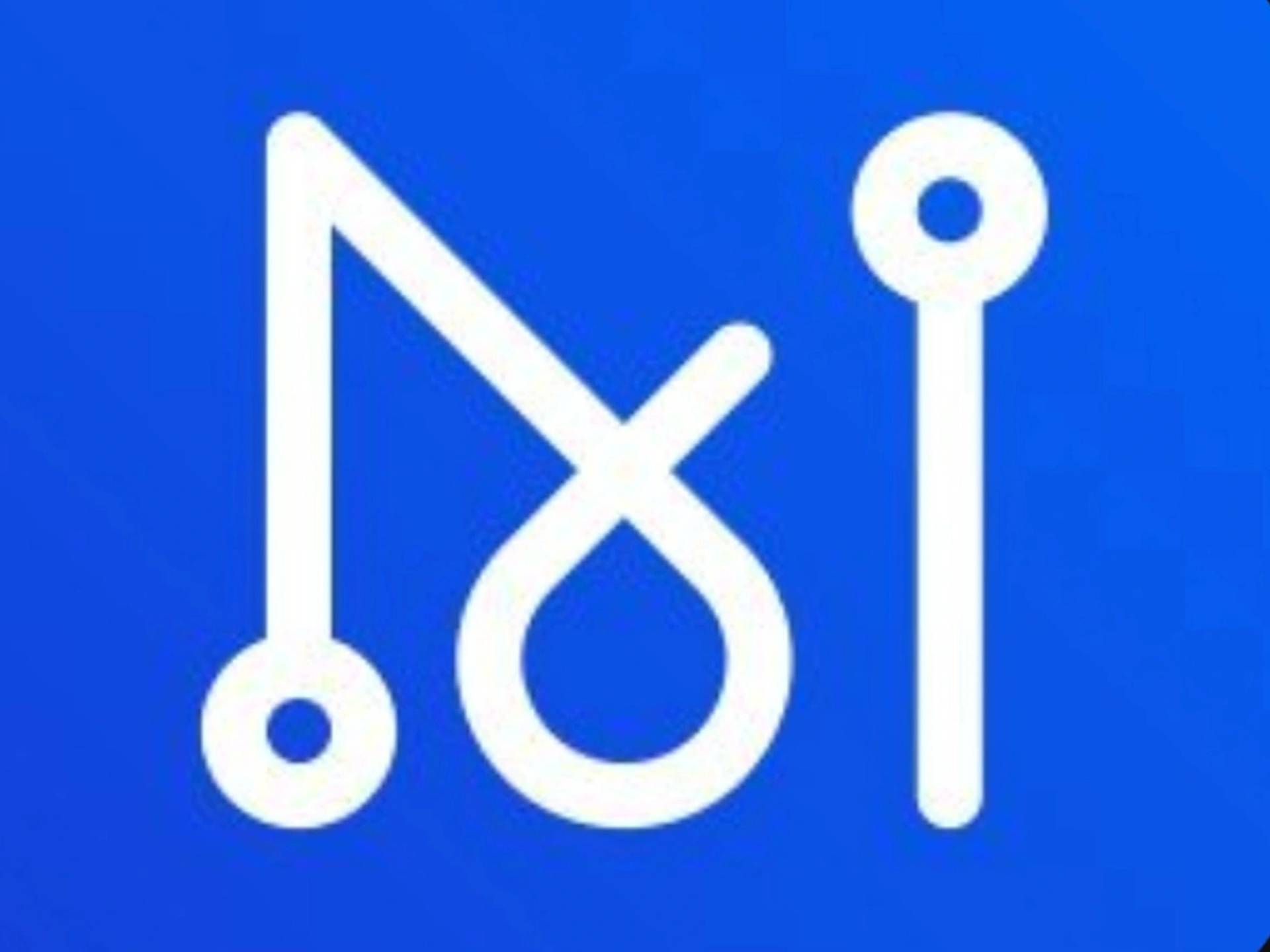위키 구독하기
Share wiki
Bookmark
Matrix AI
Matrix AI
Matrix AI 네트워크(Matrix AI Network)는 AI와 블록체인을 결합하여 분산 애플리케이션(Decentralized Applications)의 확장성, 보안 및 효율성을 개선하고자 하는 오픈소스 플랫폼입니다.[1]
개요
Matrix AI 네트워크는 AI를 결합하여 느린 트랜잭션 속도, 보안 문제 및 기존 블록체인의 비효율성과 같은 문제를 해결하고자 하는 블록체인 플랫폼입니다. 2019년 출시 이후 다양한 단계를 거쳐 블록체인 성능 향상을 목표로 하고 있습니다.
MATRIX 1.0은 AI 최적화 플랫폼으로, MATRIX 2.0은 블록체인 기반 AI 경제를 구축하고, MATRIX 3.0은 신경과학을 AI 및 블록체인 기술과 통합합니다.
이 플랫폼은 일대일로 개발 연구 센터(Belt and Road Development Research Center)를 포함한 글로벌 프로젝트도 지원합니다.[1][2][3][14]
Matrix 1.0
Matrix 1.0은 기존 시스템의 성능 및 사용성 문제를 해결하고자 하는 AI 최적화 블록체인 플랫폼입니다. 인공 지능을 통합하고 하이브리드 작업 증명(PoW) 및 지분 증명(PoS) 합의 메커니즘을 사용하여 초당 12,499건의 트랜잭션 속도를 목표로 하며 느린 트랜잭션 및 보안 취약성과 관련된 문제를 해결하고자 합니다.[13][14]
Matrix 2.0
Matrix 2.0은 블록체인 기술을 통해 분산된 AI 경제를 구축하고자 합니다. 이 단계에서는 컴퓨팅 성능 임대, 데이터 검증, 알고리즘 모델 및 디지털 자산 거래를 지원하는 고성능 생태계를 도입합니다. AI 관리를 분산함으로써 Matrix 2.0은 AI 생태계에 대한 진입 장벽을 낮추고 다양성과 지속적인 개발을 촉진하고자 합니다.[13][14]
Matrix 3.0
Matrix 3.0은 신경과학, 인공 지능 및 블록체인 기술을 통합하고자 합니다. 이 단계는 메타버스 내 작업을 위한 뇌파 신호에서 디지털 아바타를 생성하는 데 중점을 둡니다. 현재 1단계에 있는 이 4단계 프로젝트는 사용자의 의식과 감정적 반응을 나타내는 디지털 개체인 아바타 인텔리전스(AvI)를 개발하고자 합니다.
EEG 신호를 통해 사용자는 Matrix의 분산 저장 시스템인 IPFS에 저장된 AI 아바타를 생성할 수 있습니다. 이러한 아바타는 Matrix의 분산 컴퓨팅 성능과 머신 러닝 플랫폼을 사용하여 훈련할 수 있으며, Matrix의 포트를 통해 타사 메타버스 플랫폼으로 전송할 수 있습니다.[13][14]
제품
아바타 인텔리전스(AvI)
아바타 인텔리전스(AvI)는 Web3 및 메타버스를 위한 디지털 아바타를 생성하기 위해 EEG 신호를 사용하여 인간의 뇌 활동을 시뮬레이션하고자 하는 Matrix AI 네트워크 기술입니다. Matrix 3.0 이니셔티브의 일환으로, 가상 및 실제 세계 환경 모두에서 잠재적인 응용 프로그램을 위해 신경 과학, AI 및 블록체인을 통합하고자 합니다.[4]
MANTA
MANTA는 정확하고 지연 시간이 짧은 딥 러닝 모델을 효율적으로 검색하기 위해 자동화된 머신 러닝(Auto-ML) 및 분산 컴퓨팅을 사용하고자 하는 Matrix 메인넷의 분산 머신 러닝 플랫폼입니다.[4][5]
MANAS
MANAS(Matrix AI Network AI 서비스)는 Matrix의 블록체인에 구축된 분산형 AI 플랫폼입니다. 분산 컴퓨팅 리소스를 활용하여 이미지 인식을 포함한 AI 서비스를 제공하고자 합니다. 개발자는 API를 통해 이러한 서비스를 애플리케이션에 통합할 수 있으며, 확장 가능하고 적응력 있는 AI 솔루션을 제공하고자 합니다.[4][10]
MANIA
MAN 지능형 인증(MANIA)은 AI 알고리즘을 NFT로 인증하고 거래하고자 하는 Matrix AI 네트워크 플랫폼입니다. 블록체인 및 분산 저장소를 활용하여 지적 재산권 문제를 해결하고 추적 가능한 소유권 및 개인 정보 보호를 준수하는 컴퓨팅과 같은 기능을 제공합니다. 이 플랫폼은 AI 지적 재산권 보호를 강화하고 AI를 NFT 시장과 통합하고자 합니다.[4][6][7]
지능형 계약
지능형 계약 플랫폼은 자연어 설명을 Solidity 스마트 계약 코드로 변환하여 프로그래밍 경험이 없는 사용자도 계약을 정의하고 생성할 수 있도록 합니다. 최신 버전인 지능형 계약 버전 2는 자연어 처리를 개선하고 다양한 계약 표준에 대한 지원을 확대하며 고급 보안 기능을 통합하여 스마트 계약 개발의 접근성, 사용자 지정 및 보안을 향상시키고자 합니다.[4][8]
잘못된 내용이 있나요?
